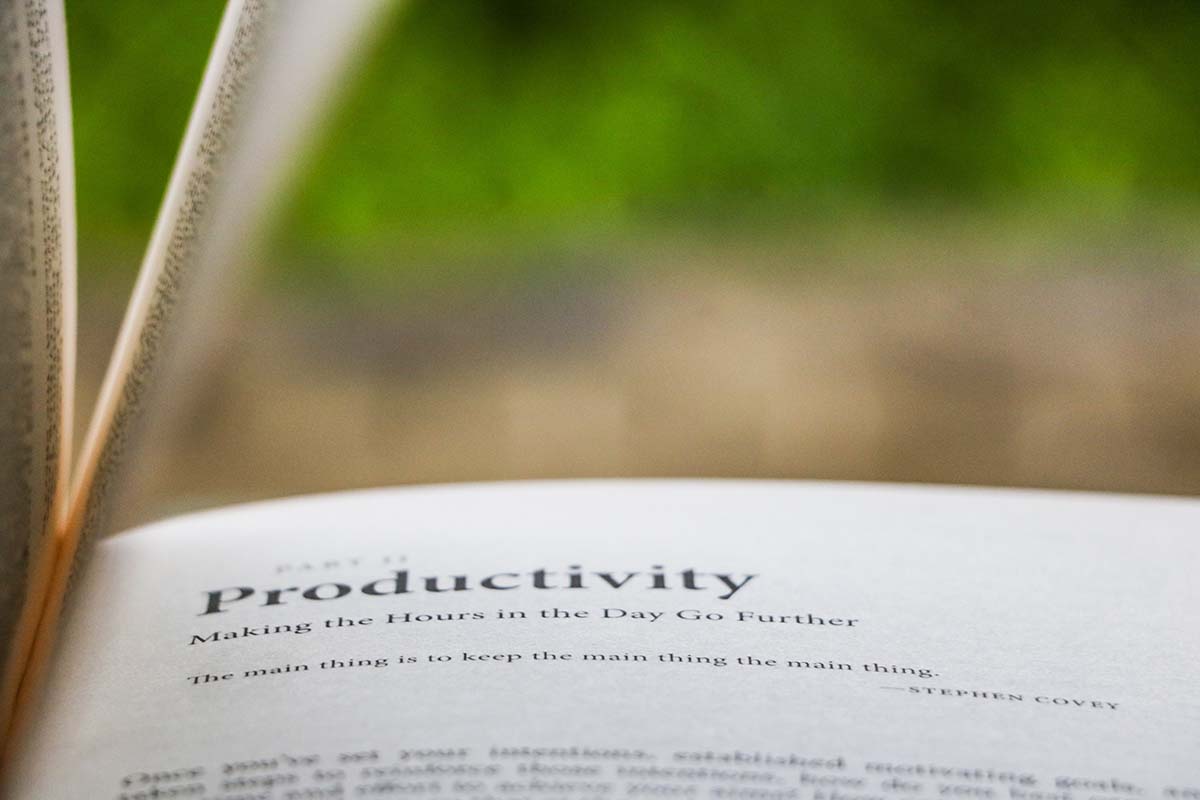Hey folks, I can write!
For those of you who are new to this space, thanks for being here. The idea is that on a weekly basis I tell you what is happening behind the scenes of my journalistic work, I talk about what I am researching, reading and listening to, what makes me angry and what makes me happy. All of it has to do with my journey as a breastfeeding mother, as I try to understand how children grow into adults, and what we can learn from them.
The problem is, recently, that’s been a struggle for me as I’d hit a bit of a roadblock in my creative process.
It’s been a few weeks since I published a bigger piece, because nothing seemed relevant enough to write. (This happens to us writers from time to time. My thoughts go to my colleague OluTimehin Adegbeye, who’s had to think of the relevance of her work while police are murdering protesters in Nigeria.)
Thankfully, at The Correspondent we’re not tied to the grind of daily publishing, so if we have nothing relevant to say, we’re not encouraged to write just for the sake of “content”.
Last week, I finally managed to write an article in one sitting. It felt important and relevant to be reflecting on the myths around breastfeeding, and it became even more important after I read this story.
TL;DR: Marcella Mares is a student in Fresno, California, and the mother of a 10-month-old baby she breastfeeds. When her statistics professor told the class that they all had to leave their cameras and microphones turned on for their virtual classes, Mares asked whether she could turn them off while she breastfed. But the professor responded that she shouldn’t breastfeed during class, because it would be “inappropriate”.
This made me so angry! Breastfeeding is never inappropriate. It’s up to the mother to choose when she feels comfortable doing it, and why does a professor care?!
So, stay tuned for my story, and let’s hope my productive days are back.
Or better: my wise colleague Tanmoy Goswami, our Sanity correspondent, writes that productivity should never trump mental health.
So maybe I should change my objective all together, and create a new mantra based on the importance of smallness, as Sarah Menkedick notes in a beautifully written newsletter, her latest: “I think small. I am small. I try to inhabit this smallness with grace. And when the smallness feels oppressive, I note that too. There is power in not being dwarfed always by an obsession with big, better, breakthrough.”
Creative process
Talking about creativity, a lot of my thinking around creative writing emerges from my childhood readings of Gianni Rodari, an Italian writer who received the Hans Christian Andersen Award, the top prize for children’s literature, in 1970.
23 October marked a century from his birth. As I wrote in a previous newsletter, only a small part of his work has been translated into English because a lot of his rhymes are based on nonsense and subtle linguistic jokes that would be lost in translation.
But one of my top favourites has just been translated into English for the first time as Telephone Tales. It’s a collection of short stories that a father tells his daughter every night over the phone when he calls to say goodnight. (These are short stories because at the time Rodari wrote them, long-distance phone calls were expensive and Mr Bianchi, the book’s father, was an accountant who often travelled far for work.)
I love Rodari’s take on the creative process working like a stone thrown into a pond: “A stone thrown in a pond creates concentric waves that expand on the surface, involving in their motion, at different distances and with different effects, the water lily and the reed, the toy boat and the fisherman’s dinghy … Words are no different, they enter the mind by chance, producing waves on the surface and below the surface, generating an infinite series of chain reactions, involving sounds and images, analogies and memories, meanings and dreams.”
This is an excerpt from Grammar of Fantasy, which is basically a transcription of a series of lectures he gave in the city of Reggio Emilia, which became famous after the second world war for an innovative, child-centred preschool model that is now all the rage worldwide.
In the book, Rodari plays with the ripple effects of words starting with the word stone.
So, let’s play this together.
What associations does “stone” bring up?
I think of the stone of an apricot, and then of a caterpillar trying to bite through the flesh and hitting its head against the stone. I think of my son’s fascination with caterpillars, and how he describes them by moving his fingers to simulate the caterpillars’ many feet. I also think of the Intifada, and of resistance and of fighting for one’s rights.
What associations have you come up with? I would love to hear from you below this piece!
One more tip before you go …
Talking about creative process and resistance, check out this fascinating excerpt from a graphic novel we published last week that will give you an insight into how the US electoral system pushes candidates to spend their time trying to convince billionaires to donate to their campaign instead of spending more time with the people they’re there to help.
Check out the excerpt by Daniel G Newman, an expert in money in politics, and illustrator George O’Connor here.
Until next week,
Irene
This article first appeared in The Correspondent, the member-funded platform that shut down on 1 January 2021.

